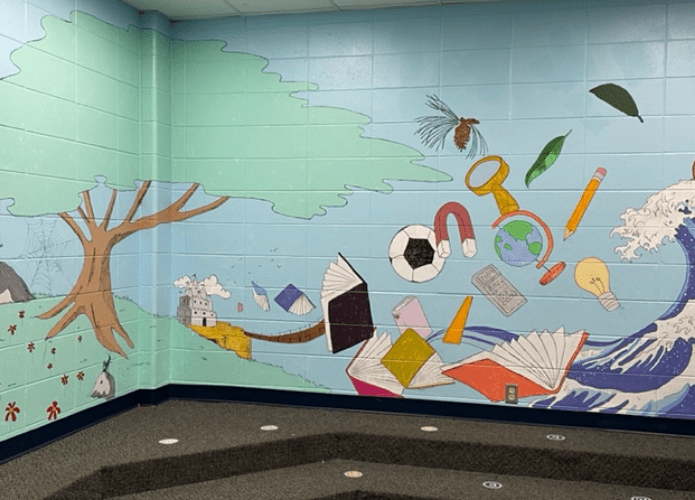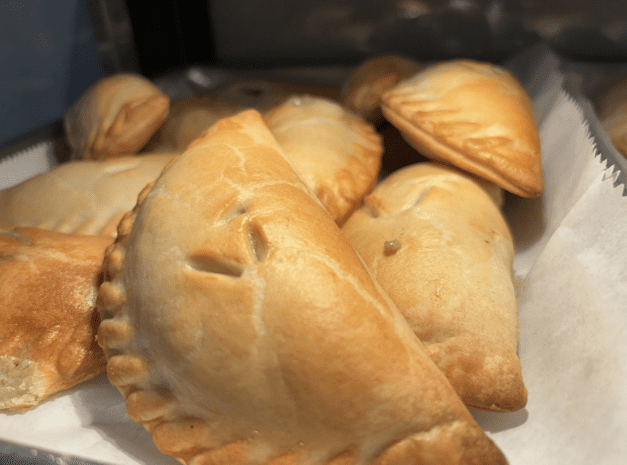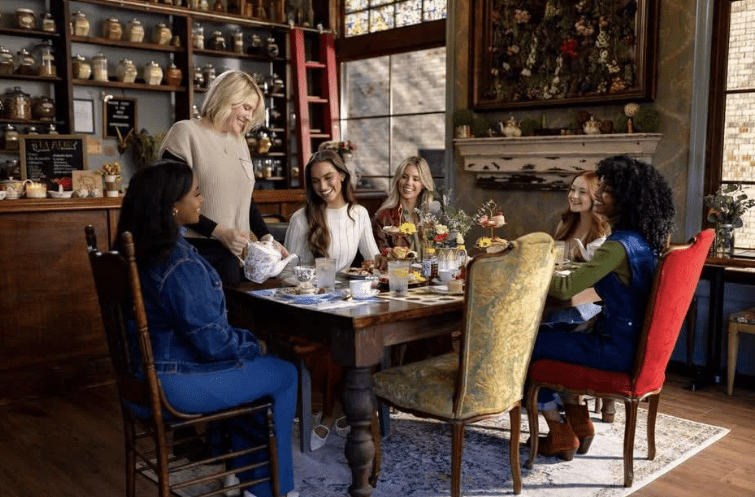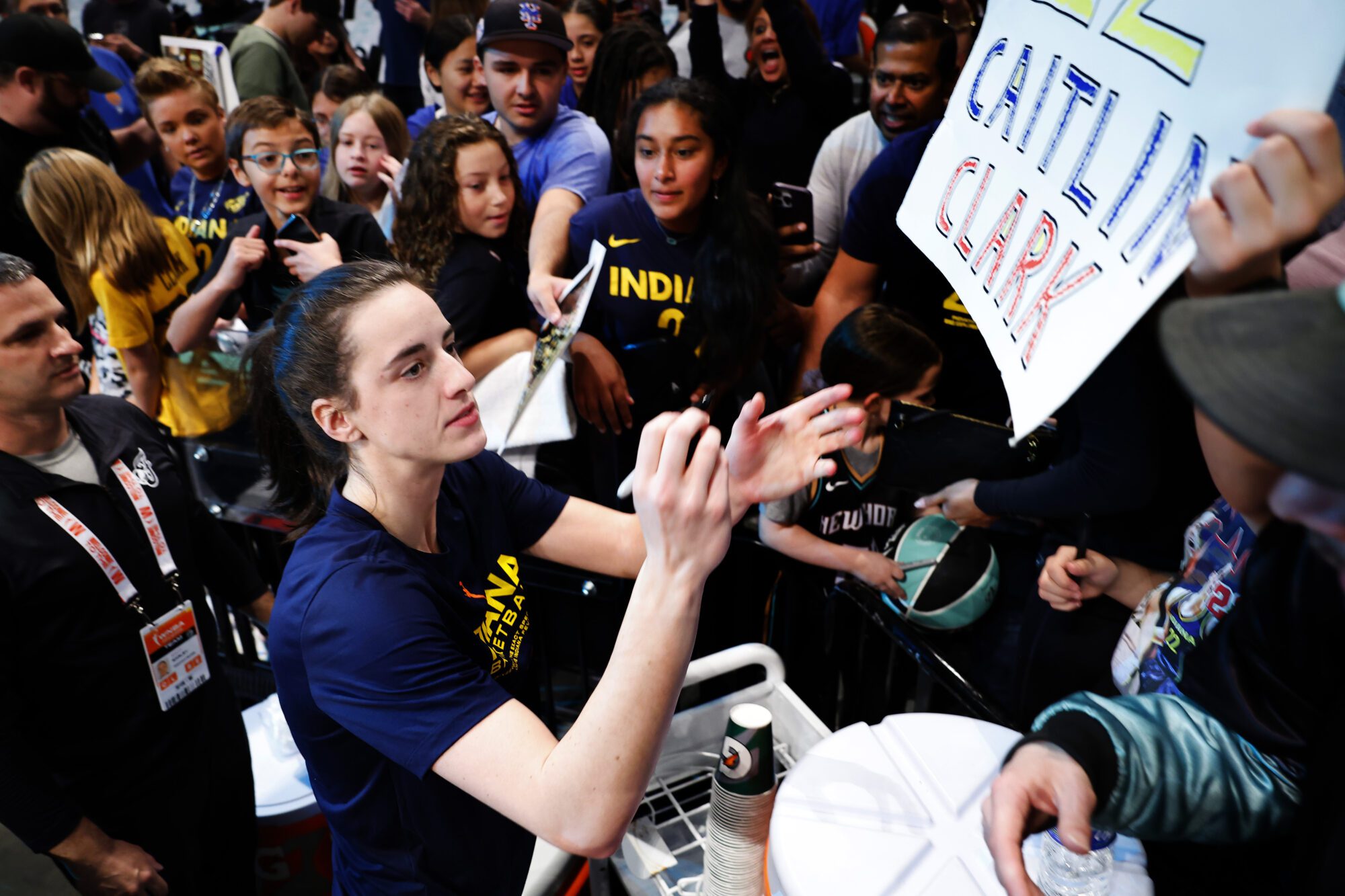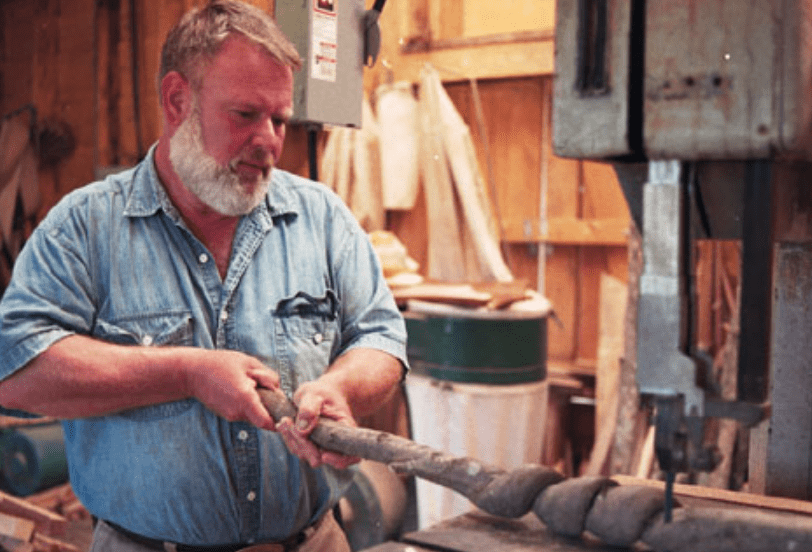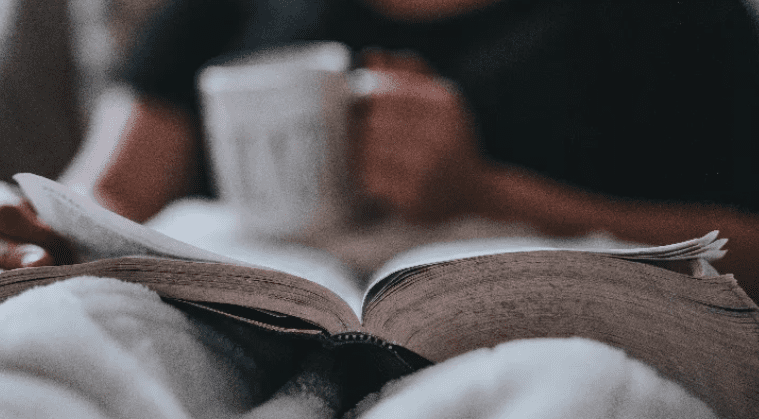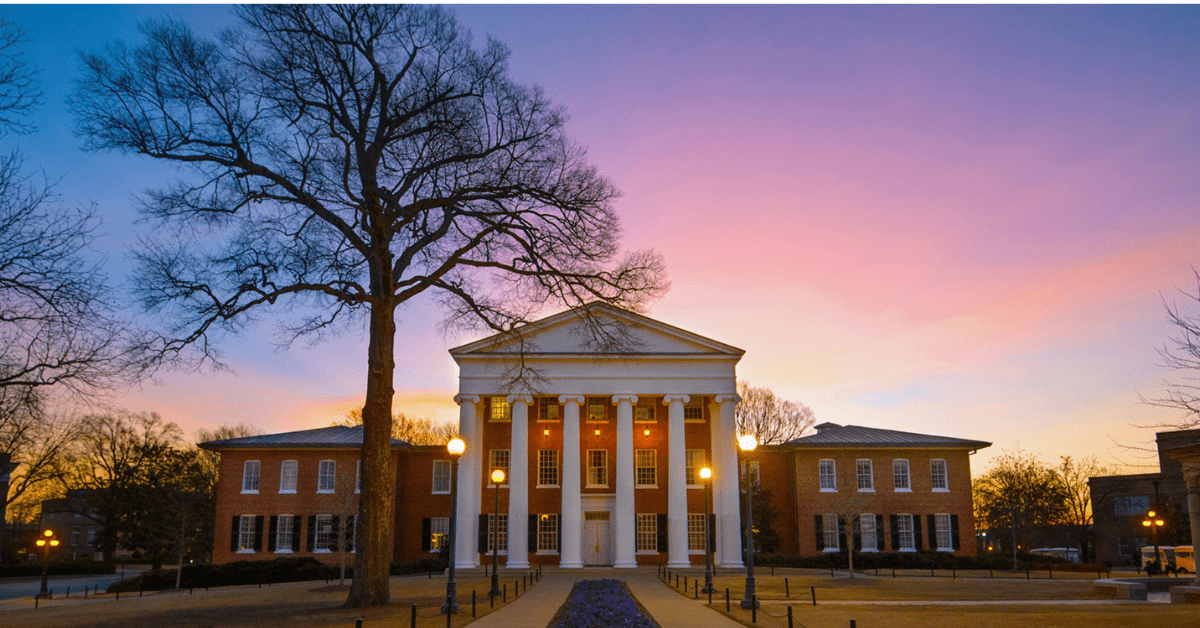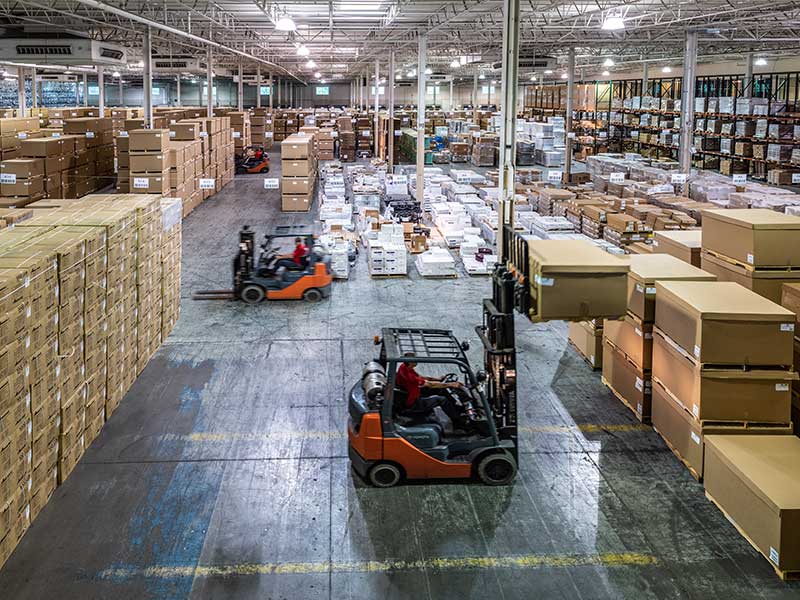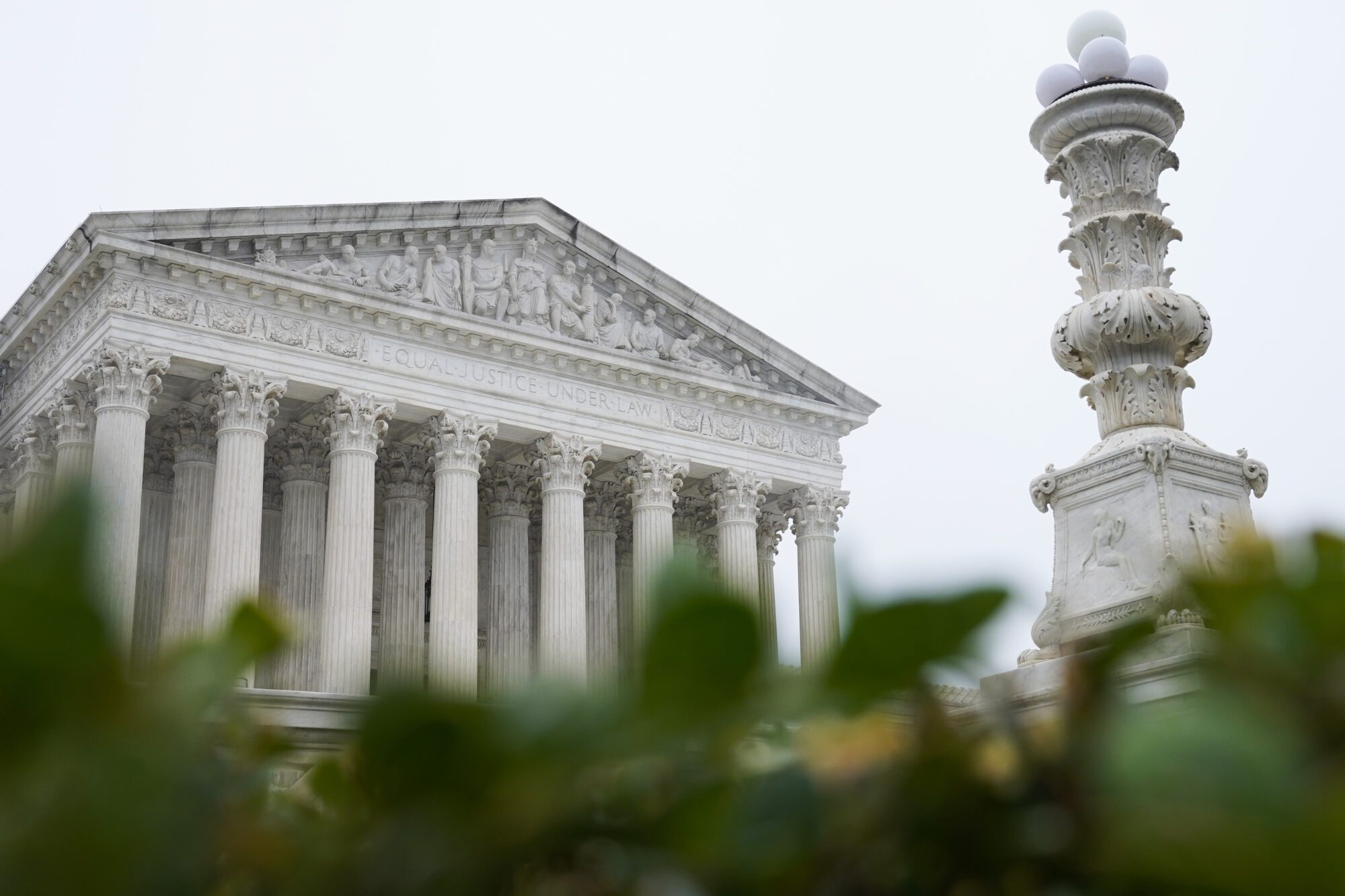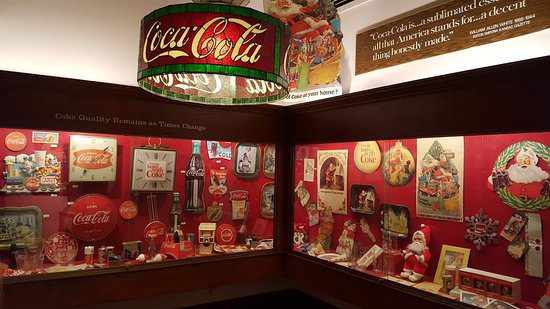
- During your visit, you will find a plethora of Coca-Cola exhibits. You can also purchase treats, Coke floats, and souvenirs.
As a middle schooler, I enjoyed my summer visits with my cousin, who lived in a small city. One of the things we enjoyed doing in the afternoons was walking to the small grocery store. It was located about half a block from her home. What a treat!
There were sizeable round glass containers, with lids, holding varieties of penny candy we could stick our hands in, and so did every other child. A small butcher shop was in the back of the building. There, we received a free cold hot dog. Yep! We thought nothing about eating it right there on the spot.
We returned to the store’s front and went to the large Coca-Cola cooler. Opening the lid on top, we would lean over to see what flavors were available. I made my choice and pulled out an ice-cold Coca-Cola bottle. I placed the top under the bottle opener located on the cooler. Pop. Clink. Immediately, the cap fell in the small box below the opener.
We dug the change out of our pants pockets, paid the store clerk, and went outside to sit on the bench and enjoy. Our deep conversations were about the people walking by on the street, the latest hairstyles and makeup. I don’t remember discussing who invented Coca-Cola and how was it bottled.
Many years later, when our family moved to Mississippi, we decided to take a sightseeing trip to Vicksburg. First, we went to the National Military Park. There, we picked up a brochure about the Biedenharn Coca-Cola Museum. We topped off our visit with a tour and studied the history of the refreshing soda fountain drink.
The Origination of Coca-Cola
Who would you expect to be the inventor of the famous product? Did you have a pharmacist on your list?
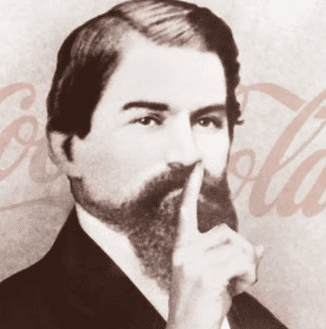
Here is the condensed version: On May 8, 1886, Dr. John Stith Pemberton, a pharmacist from Columbus, Georgia, carried a jug of his new syrup to Jacobs’ Pharmacy in Atlanta. There, it was paired with carbonated water and sampled by customers.
Eventually, it would become a regular soda fountain drink, selling for five cents a glass. The drink gained the reputation as being “Delicious and Refreshing.”
The internationally known name originated with Frank M. Robinson. He was Dr. Pemberton’s partner and bookkeeper. He thought the two Cs looked great together and would help with advertising. He drew or penned the unique Spencerian script that became the registered trademark.
When poor health beset the near-bankrupt Pemberton, he started selling the rights to the formula to Atlanta business partners. Asa Griggs Candler, a businessman, purchased the Coca-Cola recipe from Pemberton. He also bought out the other investors.
Through marketing and sales, he laid the foundation for the company and it has grown into major corporation. But it was the bottling that made the difference. Mr. Candler would encounter a young man named Joseph Biedenharn from Vicksburg, who had an idea of how to get the soda from the fountain to homes. Their businesses would change drastically.
Candy & Syrup
Herman Biedenharn was born on March 9, 1835, in Neuenkirchen, Germany. The when, how, and why Herman and his brother, Henry, immigrated to the United States is unclear. From online resources, we know they made their homes in Vicksburg and established a retail confectionery business.
On December 13, 1866, Joseph (Joe) Biedenharn was born to Herman and his wife, Louisa Wilhelmine. He was the eldest of twelve children and grew up working in the store. In 1988, he inherited the business and gave it a new name: Biedenharn Candy Company. His seven younger brothers worked in the store as well.
Joe wanted to expand the business, and that included carbonated soda. When the Coca-Cola sales force came through the state looking for new wholesalers, Biedenharn signed on. He saw a need and possibilities for the future.
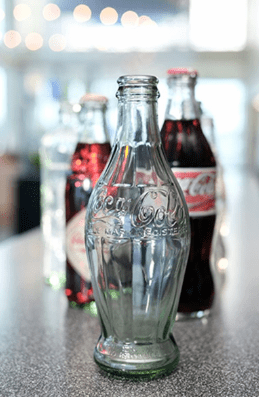
He said, “I wanted to bring Coca-Cola to the country people outside the limits of the fountain. Even in the cities, the fountains were often limited in number and scattered here and there. I could see that many townsfolk wanted Coca-Cola, but it was not easily available.”
Joe Biedenharn would agree to purchase 2,000 gallons of Coca-Cola syrup during the year and distribute it to soda vendors in the area and beyond. Biedenharn already had the process of soda water bottling, so it was a natural next step to put Coca-Cola into a bottle. In 1894, it was not an easy process, and there was a lot of trial and error. There is a description of the various bottles and tops he tried at the origins of the Coca-Cola bottle.
Biedenharn put together a case or two and sent it to Mr. Candler, asking for permission to proceed with this new venture. Candler approved it, and eventually, his company would design a specific bottle for Coca-Cola. In 1960, the United States Patent Office recognized the distinctive bottle.
Joe Biedenharn wrote a letter to Harrison Jones, vice-president of the Coca-Cola Company, dated September 11, 1929, detailing the situation.
Coca-Cola Bottling & Shoe Store
The current location of the Biedenharn Cola-Cola Museum is 1107 Washington Street. The building was constructed and completed in November 1888. It had a confectionery, grocery store, and H. H. Biedenharn shoe store.
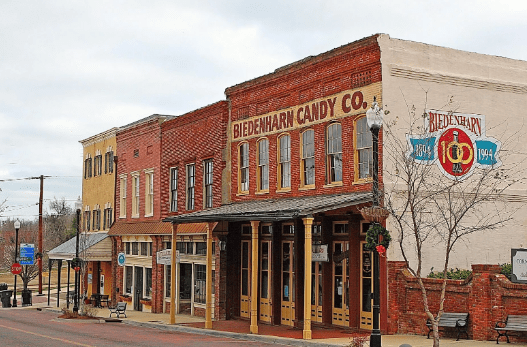
In 1894, the decision was made to separate the two trade lines. H.H. Biedenharn would operate his shoe store on one side of the building, and the confectionery would operate on the other. It was also in this new building that Joe bottled Coca-Cola for the first time.
The project was very successful, requiring a new, larger bottling plant. A new facility was built in 1909. All Herman Biedenharn sons were involved with the bottling operations and would establish additional bottling plants in Texas, Arkansas, and Louisiana.
The original store changed names several times and was purchased by the Abraham Brothers. The Biedenharn family was able to buy the building from the Abrahams in 1979 and remodeled it to become the Biedenharn Coca-Cola Museum. The Coca-Cola Company provided support.
The Vicksburg Foundation for Historic Preservation received the donated building from the family. The foundation owns and operates the museum.
During your visit, you will find a plethora of exhibits. You can also purchase treats, Coke floats, and souvenirs. The hours of operation are Monday through Saturday: 9:00 a.m. through 5 p.m. Sunday: 1:30 p.m. through 4:30 p.m. They are open all year except New Year’s Day, Easter, Thanksgiving, and Christmas. The address is 1107 Washington Street, Vicksburg, MS 39183. Group rates are available, and if you need additional call 601-638-6514.
Here’s a suggestion for you and your family. After you visit the Biedenharn Coca-Cola Museum, head west on I-20 to Monroe, Louisiana, where the Biedenharn family’s story continues at the Biedenharn Museum & Gardens. In 1913, Joseph, his wife Anna, and three children moved there.
You can tour the home and spend time in another Coca-Cola Museum with a five-cent soda vending machine—bring your nickels. Joe and Anna’s daughter, Emy-Lou, collected rare and historical Bibles which are displayed in The Bible Museum. Leisurely view the Elsong Gardens, designed with thematic settings, a fountain, and a Conservatory.
#####

